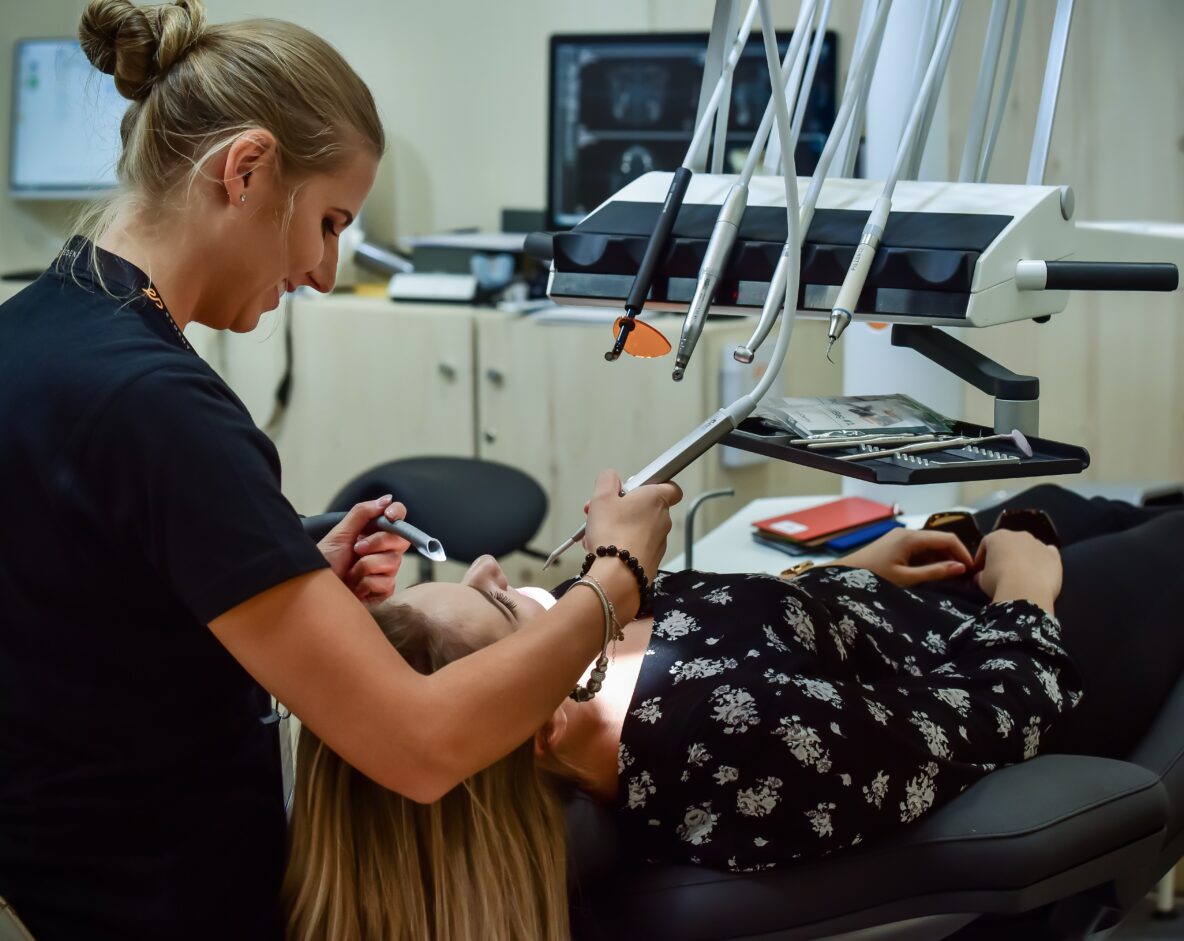Have you ever wondered why you have wisdom teeth in the first place if you need to remove them? Our ancestors needed a wider jaw to chew and grind tough, uncooked foods. Over time, the jaw became smaller, and the overall structure changed, no longer leaving enough space for wisdom teeth.
Here is what you need to know about wisdom teeth and their removal.
What Are Wisdom Teeth?
Wisdom teeth, also known as third molars, arise in the back of the mouth sometime between the ages of 17 and 21, but can also show up a few years later. While some people have no problems with their wisdom teeth, others may experience pain, infection, or damage to adjacent teeth.
Most people have four wisdom teeth, but some may have fewer or none at all. Wisdom teeth are considered vestigial organs, meaning they serve no purpose in modern humans and can cause more harm than good.
Why Do Wisdom Teeth Need to Be Removed?
Wisdom teeth often cause problems when they grow because there is not enough room in the mouth to accommodate them. This can lead to several issues, like:
Impacted teeth: When wisdom teeth do not have enough room to grow properly, they can become impacted. They cannot emerge from the gums and can cause pain or damage to adjacent teeth.
Infection: Wisdom teeth can trap food and bacteria, leading to infection and inflammation of the gums. Due to their location at the back of the mouth, wisdom teeth have a greater tendency to become infected since brushing and flossing these teeth properly can be a challenge.
Crowding: When wisdom teeth grow, they can push against other teeth, causing crowding and misalignment.
Damage to adjacent teeth: Wisdom teeth can push against adjacent teeth, causing damage to the roots or enamel.
When wisdom teeth cause pain or other problems, they must be removed to prevent further damage.
How Are Wisdom Teeth Removed?
Wisdom teeth removal is a surgical procedure in which your dentist will extract one or more of the four wisdom teeth.
The process typically starts with an oral examination which involves X-rays to assess the position and condition of your wisdom teeth. Your doctor will discuss the procedure with you, including any potential risks or complications, and answer any questions you may have. Your dentist may use local or general anesthesia, depending on the position and condition.
Once you are numb or sedated, the oral surgeon will make an incision in the gum tissue to access the tooth and will carefully remove the wisdom tooth from its socket. After removing the tooth, the socket is cleaned thoroughly, and stitches are placed to help the gum tissue heal.
You will be monitored briefly after the procedure to ensure you are recovering well from the anesthesia. You will also receive detailed instructions on how to care for your mouth after the procedure, including how to manage any pain or swelling.
It is critical to follow all post-operative instructions to promote healing and reduce the risk of complications. Dearborn Family Smiles, your modern dentist, can provide you with more information about wisdom teeth and their extraction. By providing high-quality dental care with a focus on your comfort, we aim to keep your smiles healthy and happy. Get in touch today!


